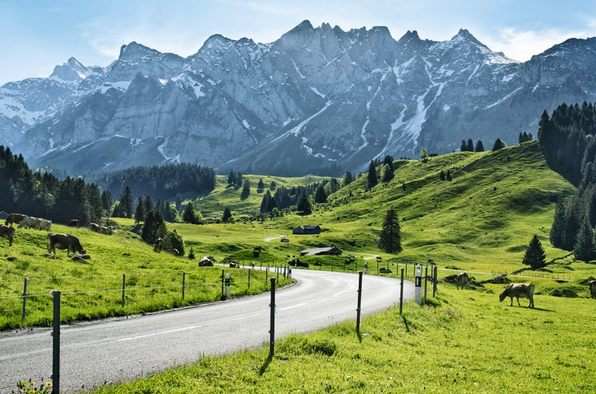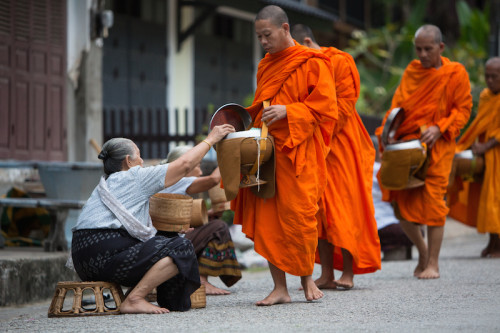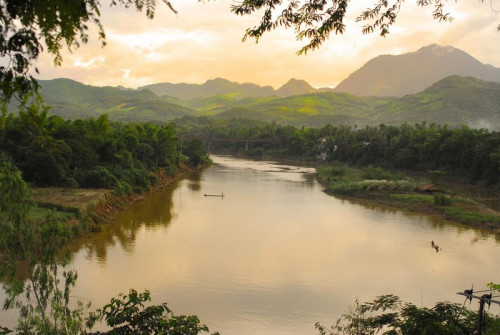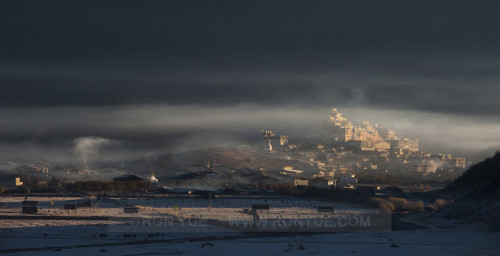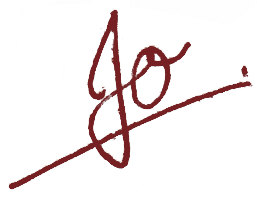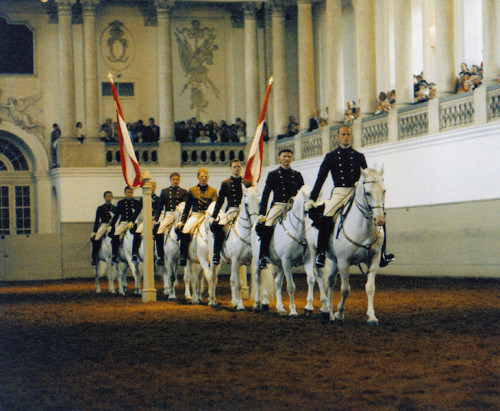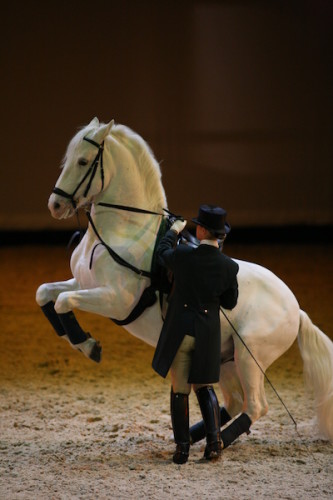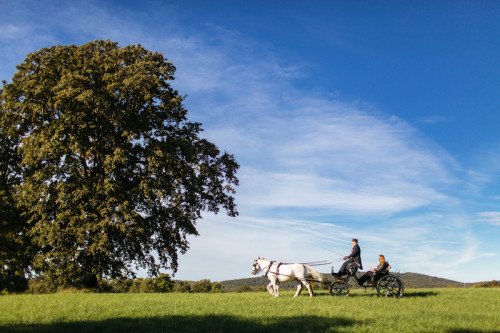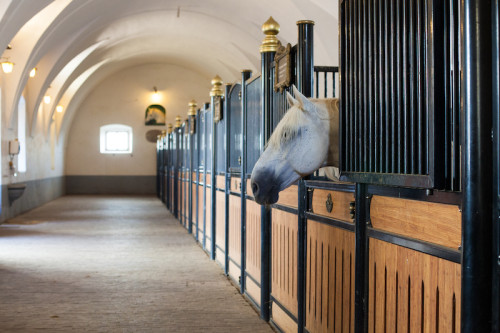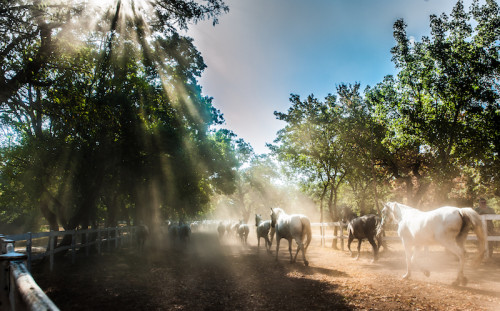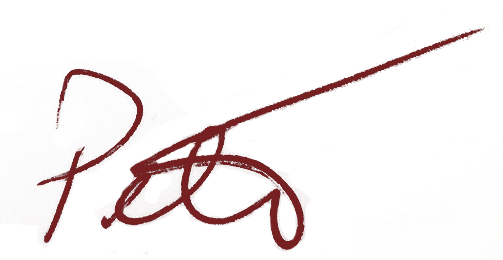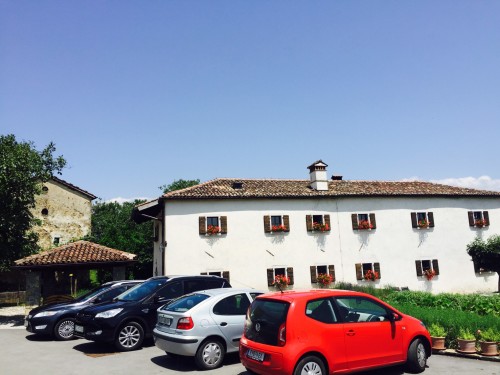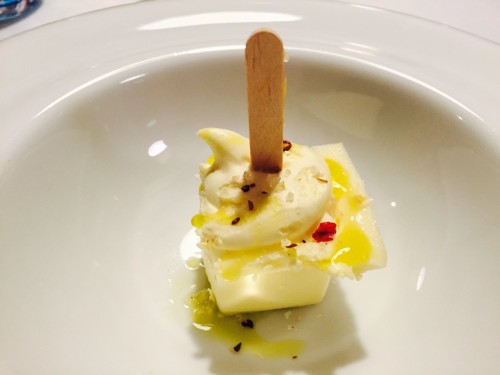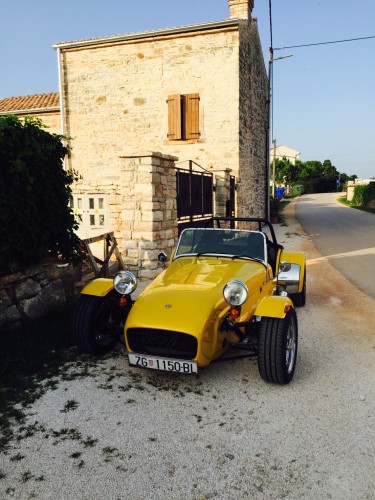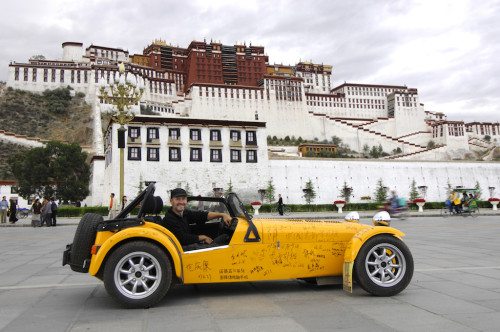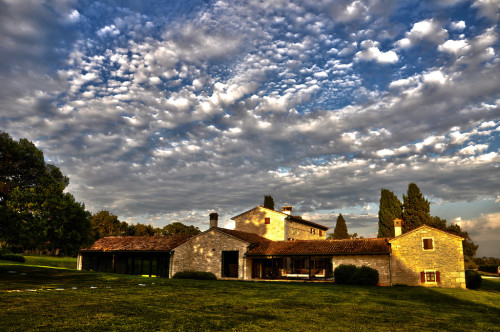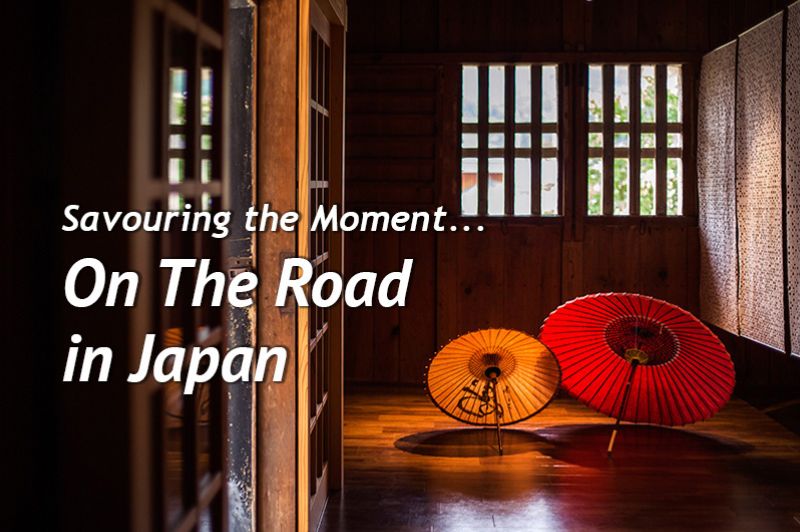 Every language and culture has a handful of meaning-rich words and phrases that resist translation. As we put together our first journey in Japan, one such term that cropped up repeatedly was mono no aware. Journey designer, Angie Koong looks at what it means and how mono no aware will help you to savour the moment…
Every language and culture has a handful of meaning-rich words and phrases that resist translation. As we put together our first journey in Japan, one such term that cropped up repeatedly was mono no aware. Journey designer, Angie Koong looks at what it means and how mono no aware will help you to savour the moment…
Category: Driving
Posted on 28 Jun, 2019
Posted on 30 Apr, 2018
Last month, we shared our favourite mountain passes in Tibet. This month, we’re looking to Europe, with its classic mountain drives in the Alps and beyond…
Posted on 25 Aug, 2016
Early each morning, monks file out from the wats that line Luang Prabang’s loose grid of streets. Clasping their alms bowls, they walk, solemn and barefoot, along streets fringed with shaggy toddy palms, and past candy-coloured colonial villas and gilded temples.
Temperatures climb throughout the day, and most people retreat to the shade to sip cooling drinks and doze before venturing out again at dusk, when a vibrant night market sets up on Sisavangvong Road. Here, stallholders sell souvenirs and shake out bright silk scarves under bluish fluorescent lights as the sun sinks behind far bank of the Mekong.
As you leave Luang Prabang and set out on the road to the Chinese border, the drive punctuated by roadside villages thronging with children, any change seems faint. Three hundred kilometres away, Luang Namtha is clearly cut from the same languid, tropical cloth. Even just across the Chinese border in Xishuangbanna, people believe the same form of Buddhism, practice the same rituals, share the same traditional dress and enjoy very similar spicy-sour flavours in their food.
From Xishuangbanna, where the route of our journey Lands of Silk and Snow briefly reunites with the Mekong, the road climbs up out of the steamy basin where elephants and peacocks once strutted through the jungle, and onto the Yunnan-Guizhou Plateau. As you ascend, the air temperature drops and dries, and the vegetation changes; rubber trees and banana plantations fall away to be replaced by temperate forest and – as we approach Kunming, “the City of Eternal Spring” – fields of flowers.
North of Kunming, the pace of change picks up as you continue to climb up, past Dali and Lijiang to Shangri-La, the threshold of Tibet. From here to Lhasa our route takes us from the dramatic valleys that mark the Tibetan Plateau’s eastern fringe, crossing the Mekong again – and the Yangtze and the Salween – climbing over snow-dusted passes and swooping down through thickly forested valleys before spilling out into the broad Kyi-Chu valley on the final approach to Lhasa.
It is only by travelling overland that you can see how one land merges into the next; how the continuity of the tropics suddenly disappears as one ascends the 1500 metres between Jinghong and Kunming; how the long parallel valleys that run through northwestern Yunnan have given rise to dozens of ethnic groups and amazing biodiversity; and how Tibetan culture has overcome quite awesome geographical challenges in order to spread from Yunnan to the edge of Central Asia.
And yet while there’s change, there are also elements that bind the entire route together. From Laos to Lhasa the main religion is Buddhism – albeit of different schools. Everywhere between Dali and Luang Prabang was once part of a single kingdom in the eighth century. And the waters of the Mekong gather our journey together at several points, like a purse-string, as we travel from South-East Asia, where its waters flow, brown and stately, up to the heights of Tibet where the young river tumbles wildly out of the hills.
Pity the poor traveller who flies over all this! In our busy times of direct flights and high-speed trains, it truly is a luxury to experience a long-distance overland journey, and to see a portion of the earth’s surface up close and personal, and to meet people along your route, at every turn learning that for all that separates us, there is as much that binds us together.
Posted on 19 Aug, 2016
(For part 1 of this 3-part series, please see “A holiday? Not exactly…”; for part 3, please see “I know one when I see one“.)
Ever since I was a small boy, I’ve known of the Lipizzaner stallions, the elegant grey-spotted horses that grace the performances of Vienna’s Spanish Riding School. Perhaps because I spent three teenage years horseback riding, or maybe because I’m more interested in the future than the past, I’ve always remembered Vienna more for these horses than for its historical palaces and art.
Those of you that know of the Spanish Riding School will be familiar with the ritual formality and theatrical perfection of the School’s dressage, where the horses seem to float above the ground as they move through their routine. As a demonstration of man’s control over nature it’s impressive, but entirely contrived – not that that makes it any less beautiful.
I never knew the Lipizzaner’s history or provenance, so it came as a surprise when I saw “Lipica” on Google Maps, near Slovenia’s border with Italy, and realised that the town’s Italian name was Lipizza – hence the horse breed’s name. Since we started researching our European journeys I had wanted to visit. We had run out of time twice before, but I resolved that this time would be different!
At Sezana we left the highway that leads to Trieste, in Italy. The GPS said we still had seven kilometers to go on the lovely meadow-lined road that leads south from Sezana. The day had started overcast, but by now we were blessed with a blue-skied mid-summer morning, the sun glinting through the trees as we drove. A signpost led us toward the Lipica Stud Farm down a narrower road, with white picket fences and linden trees lining it on both sides. The air seemed soft and gently fragranced. Almost involuntarily, we slowed down to enjoy the pleasure of entering this equine paradise.
Presently, we arrived at the entrance gate. While we couldn’t see many people, it was clear that at times the stud farm draws large crowds of visitors. We were shown around by two guides. The first, Victoria, welcomed us to view the horses’ morning dressage training, and then took us to the stables where the stallions are kept, all the while answering our questions with humour and authority. Second, her colleague, Vid, gave us a glimpse of the network of paths used by Lippizan-drawn carriages to access the farm’s ten square kilometres. Finally, we explored the farm’s museum and historic stables. Victoria and Vid were so infectiously enthusiastic about their work that Pei Fen and I found ourselves falling in love with the farm and horses too.
“Next time, when you bring your guests, be sure to arrive well before 10 in the morning,” Vid told us. “Why is that?” we asked. “Because there is a spectacle you won’t want to miss…” Vid went on to explain that each morning, the mares are sent out to graze at 10am. Vid’s animated description conjured up images of a herd of elegant Lipizzan mares stamping their feet, impatient to run free. The gates of their stables open. They gallop away and the earth shakes. A dust cloud rises goes up, and twirling, subsides. Then silence, except for the rustling of the linden leaves in the gentle breeze. At least, this is how I imagine it to be – the first time I see this sight will be with our guests later this summer
Eventually we had to leave for an appointment at a restaurant in the nearby Vipava valley. We drove slowly to the exit of the stud farm’s grounds, trying to linger as long as possible in this corner of Slovenia. After the past couple of hours, anything – even a restaurant that two of our Slovenian friends said “you absolutely must try” – would surely be a letdown?
And with that thought I put the address of Majerija into our GPS.
Interested in our new itinerary? Please see here the Journey Dossier for Austrian-Hungarian Lands I: Vienna, the Adriatic, the Alps and Prague (12, 10 or 8 Days)
Posted on 5 Aug, 2016
(Here are Part 2 “Impatient to Run Free” and Part 3 “I know one when I see one” of this trilogy.)
“You’ve got a dream job. You’re always on holiday, aren’t you?” is what we at On the Road hear all the time. I love what I do, but one long holiday it is not. So what is it like when we’re on the road?
Take one day earlier this summer, June 23, as an example. Pei Fen and I were in Slovenia researching our new European itinerary. We left Ljubljana, the country’s capital, at 8am. Our first stop was at the Postonja Caves, although we just had enough time to make a GPS waypoint – the trip down into the cave was squeezed in later in our trip. Our next stop was an hour’s drive away in Lipica, the stud farm for the famous Lipizzaner horses. From there we drove an hour out of our way for lunch in a restaurant recommended by Slovenian friends.
After an excellent lunch (more on which later), we had a long drive south and into Croatia for a 3pm appointment with Istria’s regional Director of Tourism. By then the temperature had reached 37°C, although we kept the air-conditioning turned off in our car, relishing the dry heat after weeks of wet weather. After the meeting (held in a darkened room with no air-con and cups of room-temperature water, transforming our relish for the heat into a strong desire for a/c), we revved up Little Red – the colour of our VW Up! was a shade of red that made it look as though it was trying to impersonate a Ferrari – and headed farther south to visit one of our selected hotels for an update on the progress of their renovations and a detailed discussion of the arrangements for our first group of guests.
By this time it was 7pm, but we weren’t finished yet! Pei Fen and I went to find the team hotel we had researched and booked. But after bouncing along a pot-holed dirt road, turning left, right, back, and forward again, we just weren’t able to find it. So, to Plan B! “I know of another place, it’s a bit more expensive, but never mind, let’s call them. I hope they’ve got rooms…” We shamelessly name-dropped the Director of Tourism, finagling their last two rooms, drove there***
, checked in, and headed out again, at 8pm, on another 45min drive to a restaurant I had tried before and wanted Pei Fen to experience: “Believe me, it’s awesome…and totally worth the drive!” In the event, though, the dinner took two-and-a-half-hours, because the chef wanted to showcase her best, and each dish was too salty – even the ice cream. By the time we returned to our hotel it was after midnight, and we had to be up by 5:45am for another, even longer day.
What a day! Does it still sound like a dream job? More like a nightmare perhaps. And yet this day was great because, amidst all the busyness, two experiences made it as special as any I can recall in a long, long time. One was seeing the majestic Lipizzaner horses; the other was the trip to find our lunch restaurant. Stay tuned for the stories of each of these magical experiences.
*** Believe it or not, on the way to our hotel we came across a gleaming yellow Caterham Super 7, exactly like Little Yellow (小黄) which I drove 21,000km across China in 2007.
Interested in our new itinerary? Please see here the Journey Dossier for Austrian-Hungarian Lands I: Vienna, the Adriatic, the Alps and Prague (12, 10 or 8 Days)
